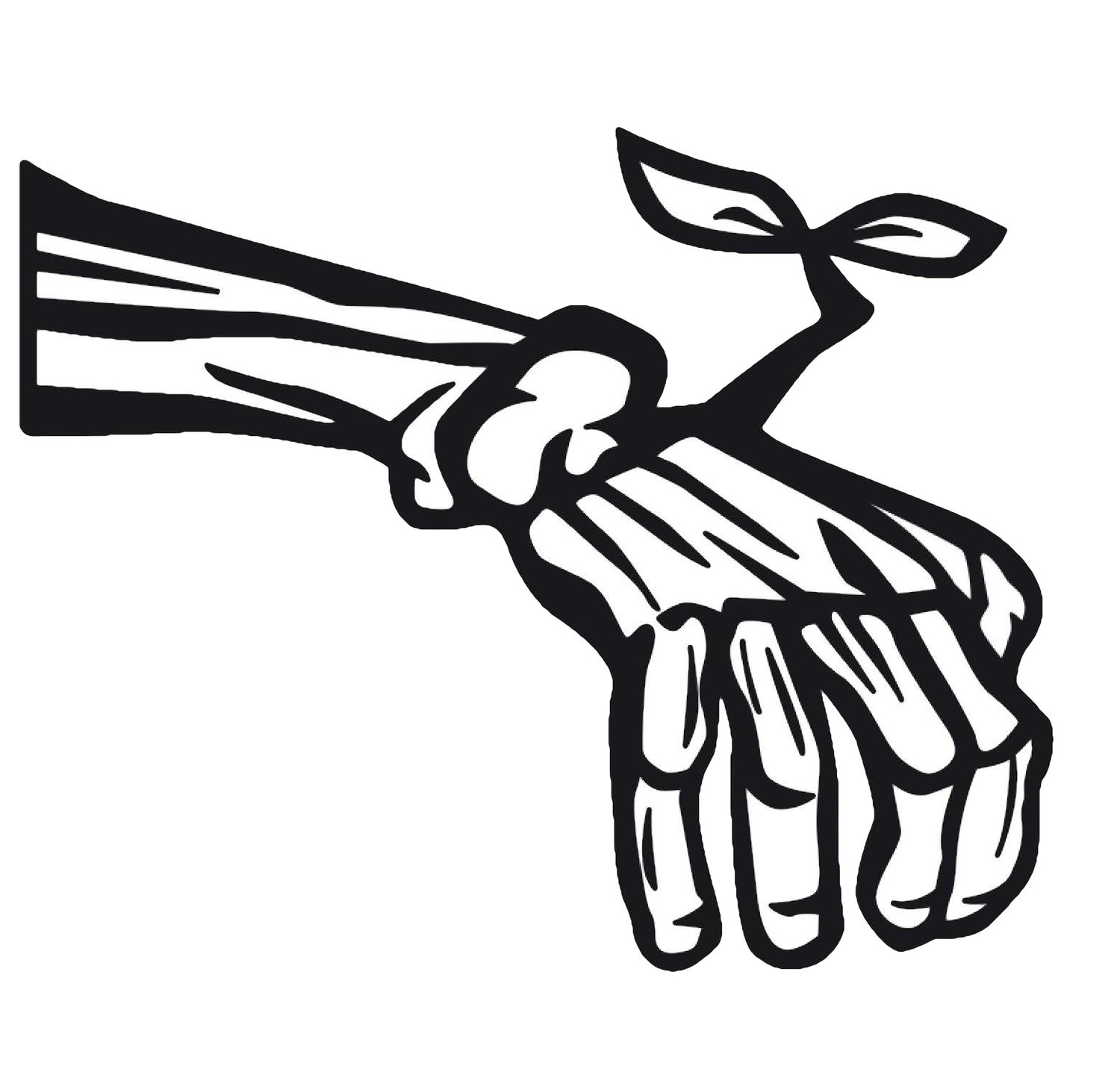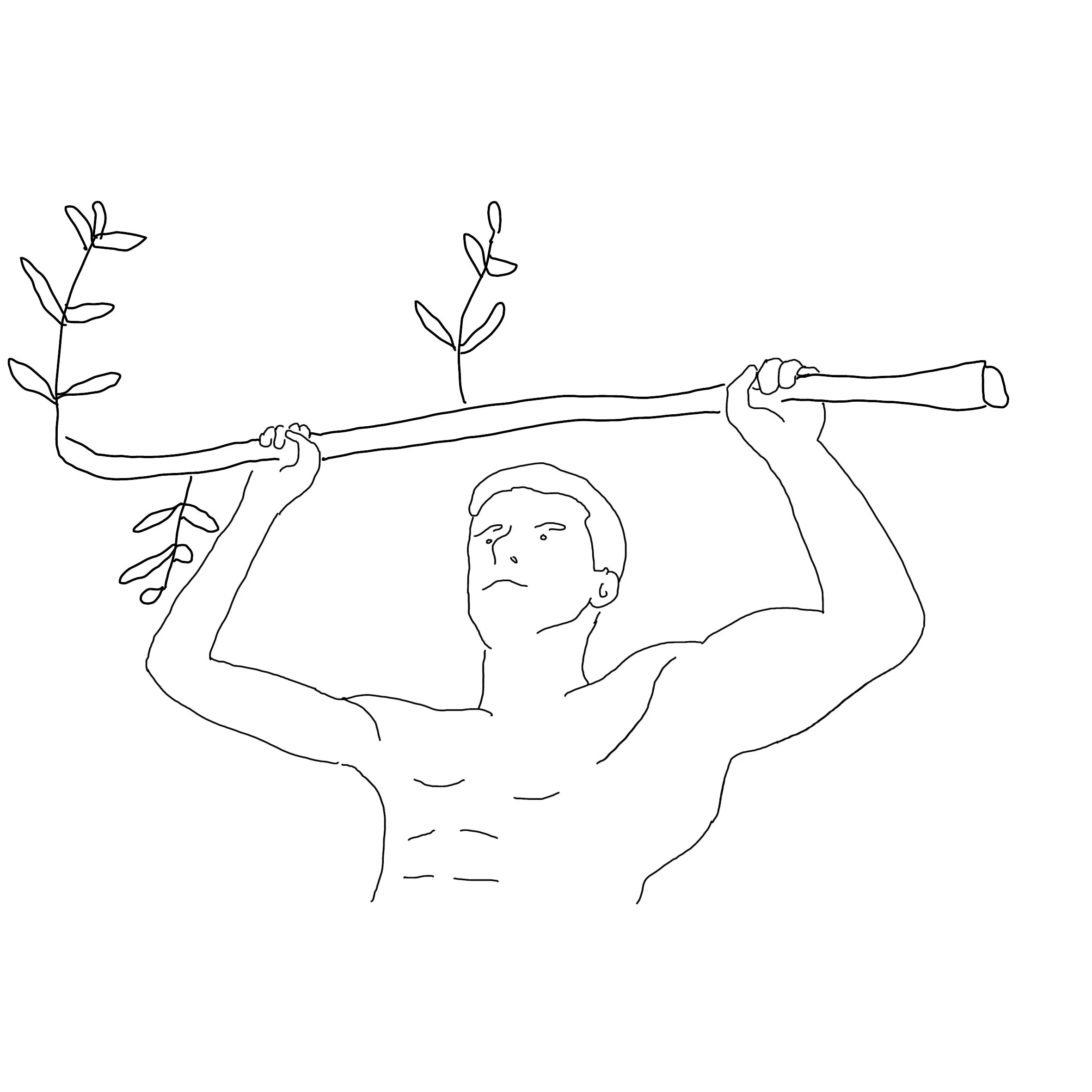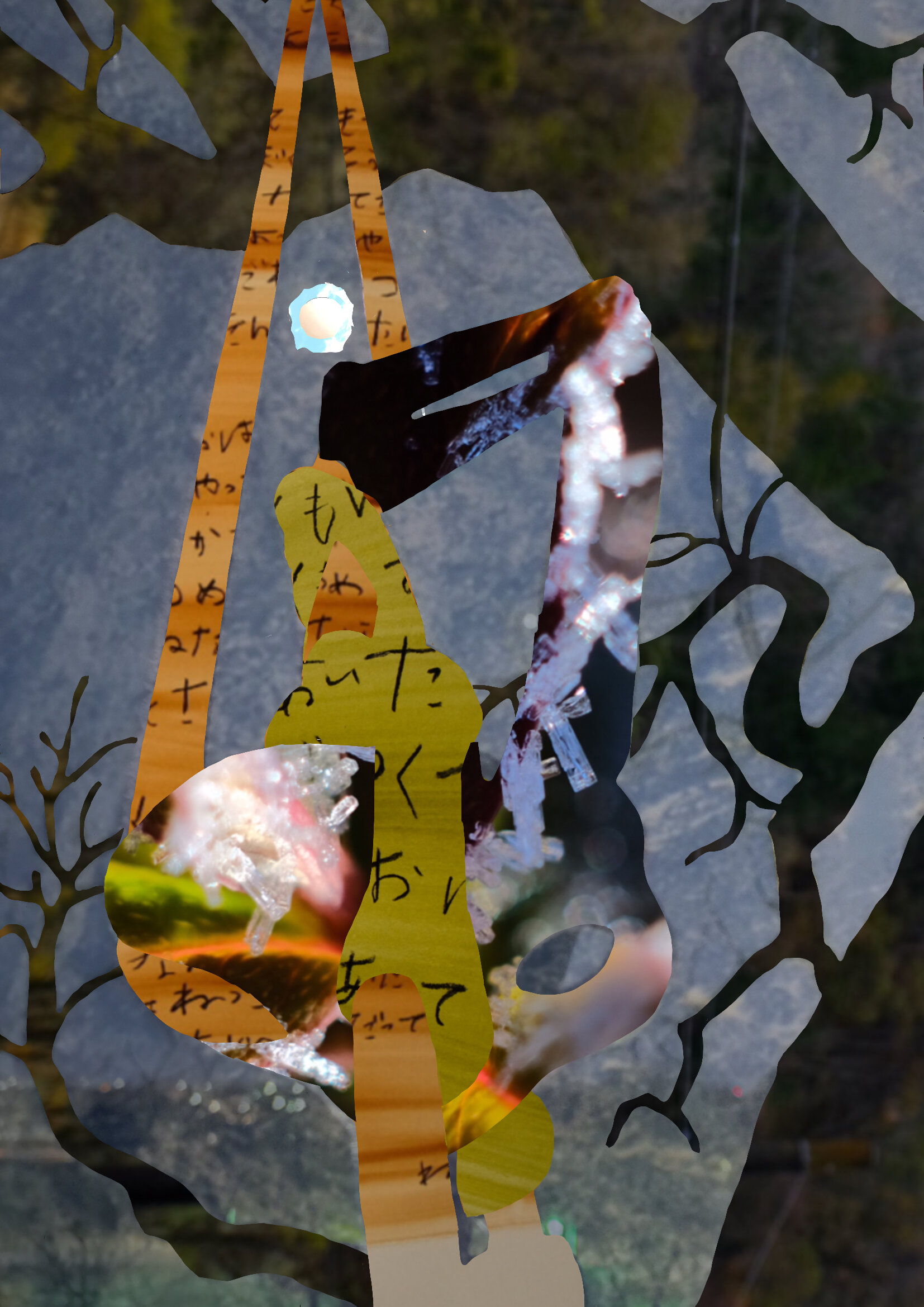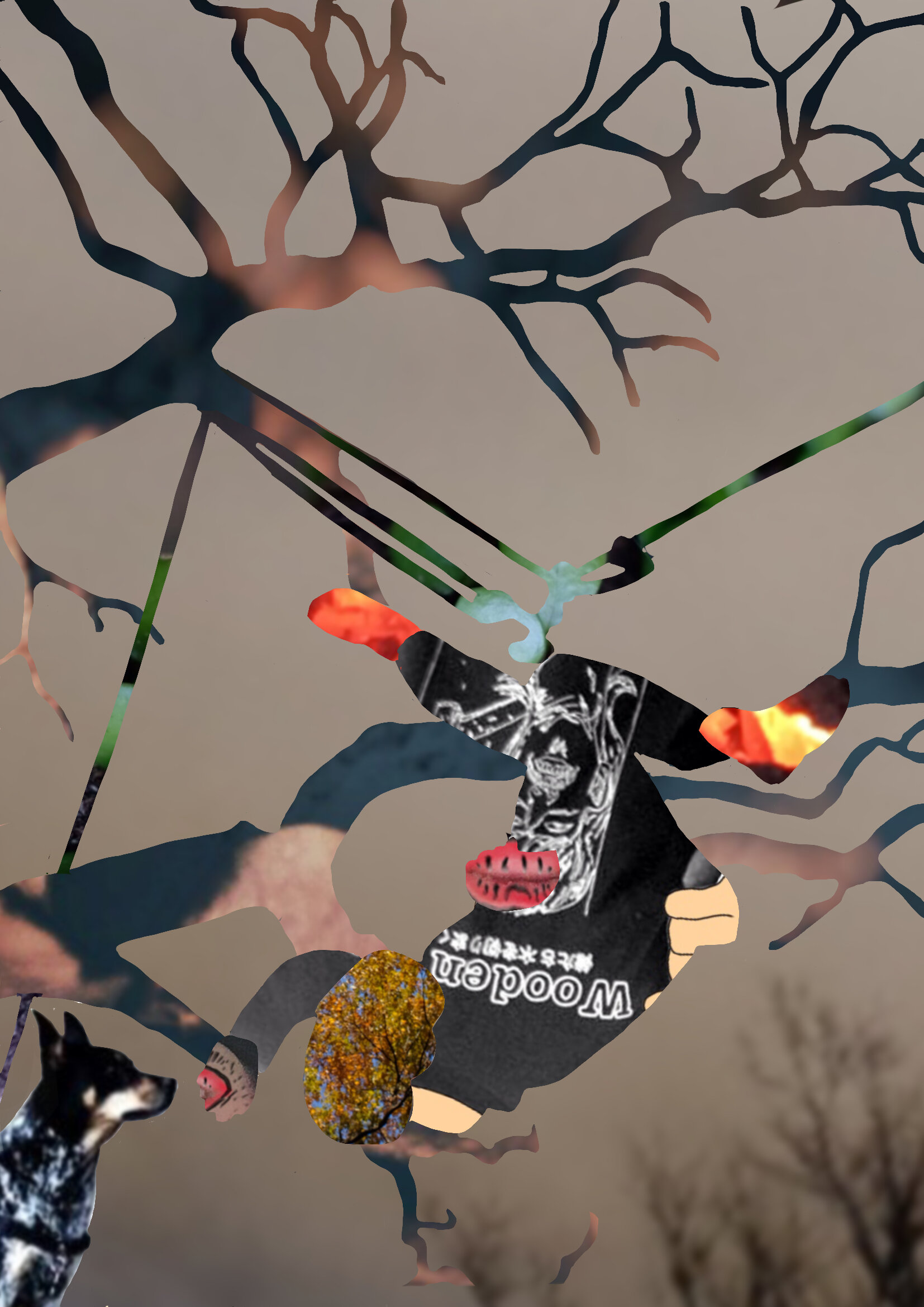RED
( R I F F S letter - booklet )
I thank my Arborist friends for their beautiful minds and dirty hands, that each and every day they can riff with trees in a safe and fun manner.
This Letter Booklet project is on-going, it will be published as a separate Japanese and English series.
RIFFS
Issue 1 - late summer 2020
Bryan Brock
Robert Knott
Koko Nishinaga
Paul Poynter
Ben Rose
Joseph Stockton
Dedicated to your tactile world
Published at The Wooden Press, Matsumoto, Japan.
© The Wooden Hand 2020


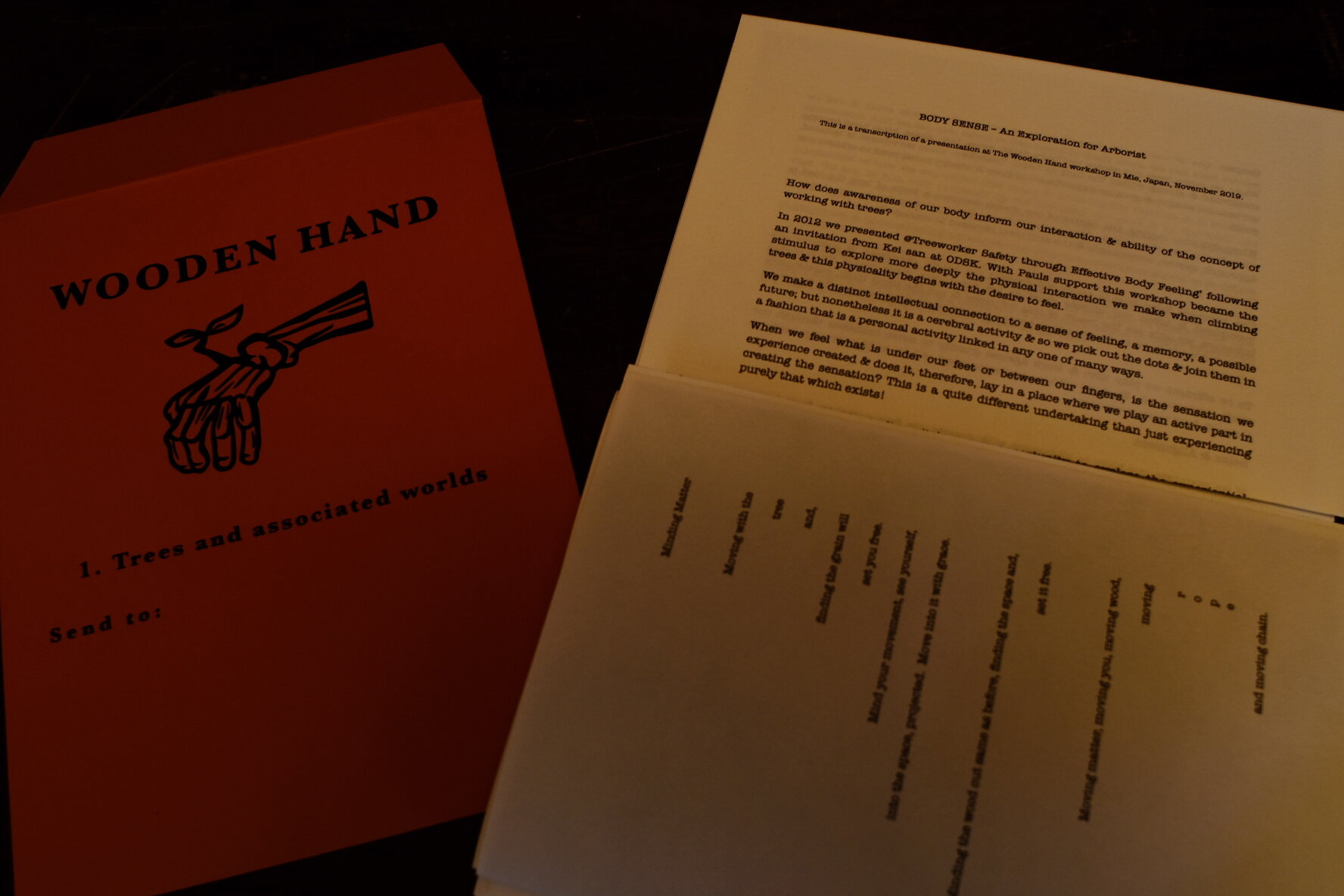




BRYAN BROCK
Minding Matter
Moving with the
tree
and,
finding the grain will
set you free.
Mind your movement, see yourself,
into the space, projected. Move into it with grace.
Minding the wood cut same as before, finding the space and,
set it free.
Moving matter, moving you, moving wood,
moving
r
o
p
e
and moving chain.
ROBERT KNOTT
BODY SENSE – An Exploration for Arborists
This is a transcription of a presentation at The Wooden Hand workshop in Mie, Japan, November 2019.
How does awareness of our body inform our interaction & ability of the concept of working with trees?
In 2012 we presented @Treeworker Safety through Effective Body Feeling’ following an invitation from Kei san at ODSK. With Paul’s support this workshop became the stimulus to explore more deeply the physical interaction we make when climbing trees & this physicality begins with the desire to feel.
We make a distinct intellectual connection to a sense of feeling, a memory, a possible future; but nonetheless it is a cerebral activity & so we pick out the dots & join them in a fashion that is a personal activity linked in any one of many ways.
When we feel what is under our feet or between our fingers, is the sensation we experience created & does it, therefore, lay in a place where we play an active part in creating the sensation? This is a quite different undertaking than just experiencing purely that which exists!
Within practical arboriculture it is a rare opportunity to explore the experiential process that brings us to the abilities we currently possess. Usually we try to process what we read & see with no feedback mechanism that guarantees any degree of success. We settle with the comfortable feeling that tells us that we must be doing it correctly, and by so doing our path of learning is slowed. The reason for this is that when we become comfortable our desire to question & explore is reduced. We become content with what we know & so the study of that which is unknown is lost. We must therefore continue to seek new questions for ourselves & maintain the mind of one who knows nothing.
When we reduce the complexities of that which we do on a worksite into their most basic components we may begin to understand that they are all governed by a few basic principles. These principles apply equally to every situation we encounter from our personal & internal machinations to the most complex rigging scenario imaginable. If we are therefore able to understanding what lies at the heart of the matter, maybe we are able to understand the simplicity with which all things are governed. Maybe this enables us to see through the fog & experience direct the nature of working with trees. Good luck with the quest.
Centre
When we move from our centre our body parts, arms, legs, chest, hips, head become integrated & strong within the task at hand. Therefore, when movement is isolated, we become weaker & greater expenditure of force & energy is required to achieve our goals.
When dynamic rigging, the centre of our victim becomes a focus of how the load is transferred into the system. This centroid has a direct relationship to our choice of approach, system components & the skill level required to manage the task.
Gravity
The constant force that is taken for granted yet rarely examined. It controls our movement & tones our muscle mass as we constantly move under its invisible influence, we only see the result of this influence & not the thing itself, particularly when we learn to relax muscles that serve no purpose when unnecessarily in a state of tension.
To be efficient we play with & work against gravity to move branches through our work environment. Working with an understanding of how to play gravity leads us through fluid work processes.
Relax & Alignment
If we maintain our body in alignment with gravity, we free ourselves from internal strain. This allows effective response to changing situation as we do not need to release persistent tension in order to react in accord. This allows the body to relax, become soft & frees us from physical & mental tension. It allows the body to be strong.
In tree work we talk often about configuration & the need to be well ‘configured’. This is because the tools we use are most effective when aligned with their designed intention. If we design our working systems with good alignment, they will be strong & effective.
Balance
If our bodies are in balance in terms of our organs & internal function, it can be said that we will be healthy & live with good vitality. If we are in balance structurally our mind is at ease & the body & mind become mutually beneficial to one another. This promotes a good physical platform from which we can build our tree climbing skills.
Trees naturally are balanced structures, forming material in an efficient process that seeks always to reduce & dissipate internal loading. Klaus Matthecks ‘Axiom of Uniform Stress’ is visible in all trees where loading & dysfunction is balanced via these response processes.
Space
One of my teachers says that we are, ‘A body in space resting upon the ground’. The space element of this statement is everything that is around us. The world in which we live & move through. We choose to move through this space in any manner conceivable. And we can also relate to this space in many ways, we can even extend our thoughts & awareness to connect with that which is outside of our self
If we have a clear communication to the three-dimensional area of a worksite the possibilities of how we can utilize that space & move objects through it, it becomes vast. We are, in fact, only restricted by our thoughts, our tools & by the work site itself. We also connect through that space with our co-workers, formulating & executing detailed & intricate work plans with great effect & efficiency.
Boiling down & understanding intricacies into their base principles allows us in return to rebuild from these principles. It enables us to form incredibly complex working systems yet instinctively understand the simplicity of their nature. This in turn becomes a solid foundation from which to begin learning the infinite possibilities of how we move through the space which is our world. We can begin to differentiate that which is real from that which is a construct of internal dialogue & maybe experience the heart of what drives us. For surely we are all the same.

BEN ROSE


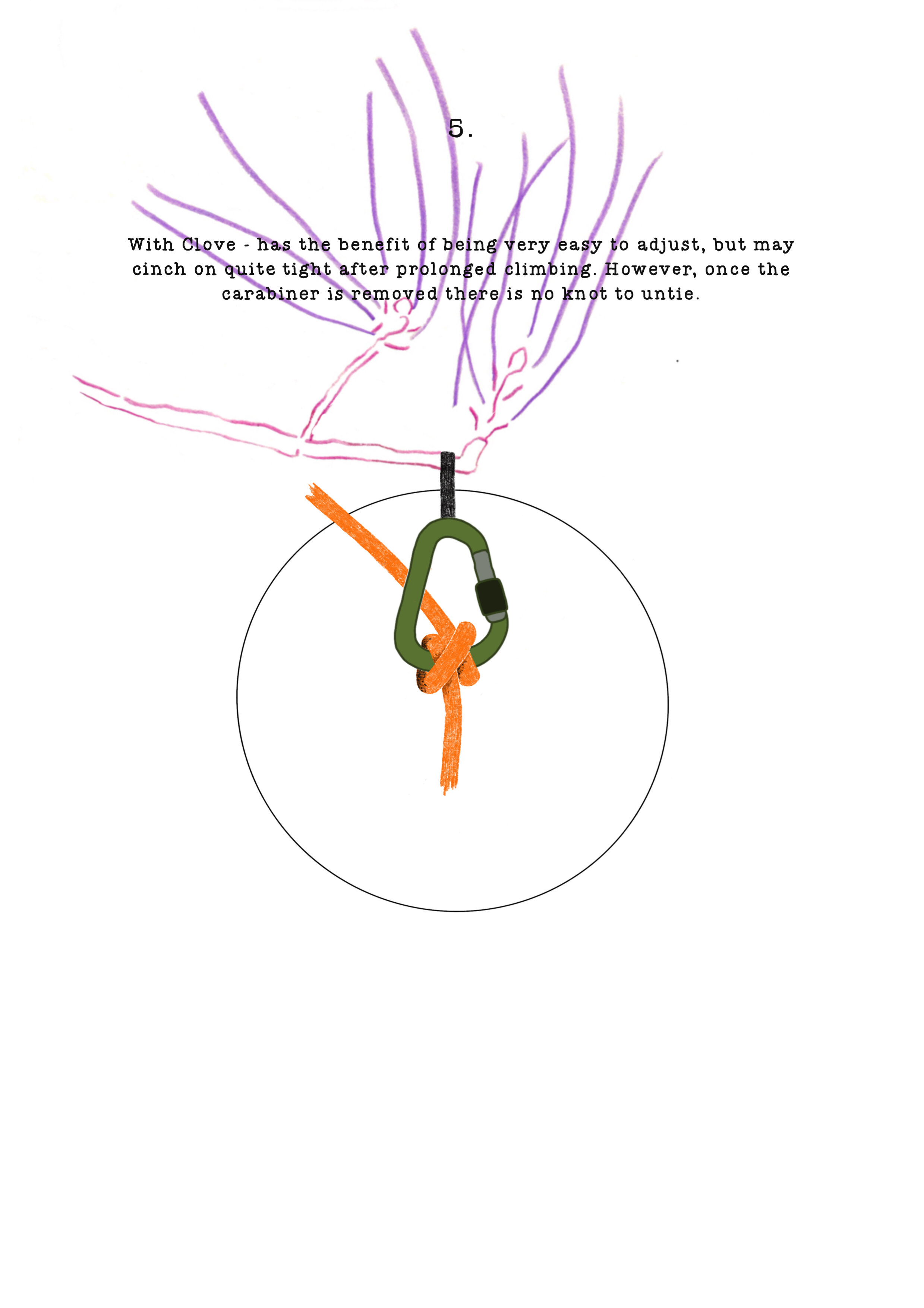



JOE STOCKTON
3 Legs
The thought process here came from a desire to incorporate a useable rescue line into every single tree during the work day. To set up a retrievable ‘twinʼ system, three legs of rope from ground to canopy are always required. In its simplest form- 1 for access 2 for working 3 for retrieval. When using an MRS system both legs are used for work and retrieval. Often Iʼve witnessed the use of a rescue line as an afterthought, pulled up the tree after access, chucked over a branch and often seen as a hindrance. I personally try to utilise every single piece of gear I bring into the tree rather than have a dedicated ‘retrieval line/cord and your access/rescue line can be multi- purpose. An access line can be used as a third point of attachment, to retrieve redirects and friction savers, or to haul gear into the tree.
I feel that the advent of SRT has brought a couple of disadvantages - tendency not to use a dedicated access line - tendency to start work from the bottom of the tree and therefore not do a thorough pre-work inspection of the crown and anchor point. I think on the whole this was done more regularly when we would access the tree on SRT and then switch to DdRT. An access line has just as many applications in both SRT and DdRT and this is often overlooked.
An anchoring system can be configured in a number of ways to add degrees of redundancy or aid retrieval. These are by no means especially innovative configurations. There is a whole world of variations out there where efficiency and function can be improved or varied by adding more components. However for the purpose of this article I've tried to keep it as simple as possible and leave this as more of a broad foundation for anchor point variations in both MRS and SRS disciplines using the following basic equipment: 2 ropes, a friction saver, a carabiner and a ring. Application of these variations will depend on crown structure, tree species, task and rope type.
Some may be installed from the ground, others must be reconfigured once the climber has arrived at the final anchor point. Some are suited to run a twin climbing system with both lines from the same anchor, others can be set further apart within the tree crown to improve work positioning and load sharing. In these diagrams, the red rope tends to be for primary access or rescue and the blue is the work positioning system. Where a canopy anchor is not shown then it is a base anchor.
*. MRS = Moving Rope System (DdRT) * SRS = Stationary Rope System (SRT) *


Notes
Adding a second prussic/ thimble loop to your cambium saver can be used for anchor redundancy or to aid retrieval or even to neaten up your 2 SRS system’s by running one rope in each thimble.
Lengthening the tail of your canopy anchored access line can be useful if your independent anchor points are some distance apart in the canopy and still aid retrieval.
Whilst working low down within the canopy, on larger stems, if my lanyard doesn't reach around the stem Iʼll clip in in to my access line thus getting two secure points of attachment for working.
I am of the opinion that base anchors are generally a poor choice as the primary anchor of a WP system - ( obviously there are exceptions) - Itʼs my personal opinion that lower-able base anchor systems are unlikely to be of much use in a rescue situation. I prefer to have a free leg of access line available to use at all times, include during the initial ascent. This can be achieved by installing your WP line to your access line with a midline knot or a ring. This WP line can then be reconfigured once a final anchor point has been selected.
The topic of base anchors is huge and widely debated so I’ve chosen not to show base anchor configurations here.
Available at TREEKIT / TREEWORKER / WOODEN HAND
